Richard F. Obrecht
High-Resolution Convolutional Neural Networks on Homomorphically Encrypted Data via Sharding Ciphertexts
Jun 15, 2023
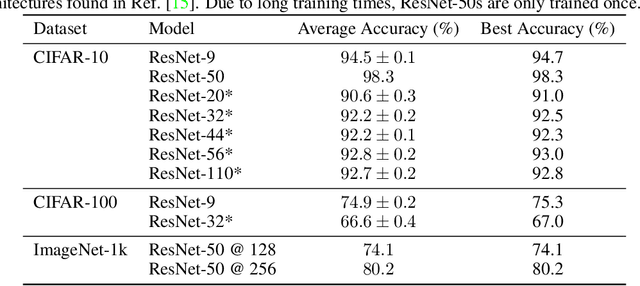


Abstract:Recently, Deep Convolutional Neural Networks (DCNNs) including the ResNet-20 architecture have been privately evaluated on encrypted, low-resolution data with the Residue-Number-System Cheon-Kim-Kim-Song (RNS-CKKS) homomorphic encryption scheme. We extend methods for evaluating DCNNs on images with larger dimensions and many channels, beyond what can be stored in single ciphertexts. Additionally, we simplify and improve the efficiency of the recently introduced multiplexed image format, demonstrating that homomorphic evaluation can work with standard, row-major matrix packing and results in encrypted inference time speedups by $4.6-6.5\times$. We also show how existing DCNN models can be regularized during the training process to further improve efficiency and accuracy. These techniques are applied to homomorphically evaluate a DCNN with high accuracy on the high-resolution ImageNet dataset for the first time, achieving $80.2\%$ top-1 accuracy. We also achieve the highest reported accuracy of homomorphically evaluated CNNs on the CIFAR-10 dataset of $98.3\%$.
Persistent Weak Interferer Detection in WiFi Networks: A Deep Learning Based Approach
May 23, 2022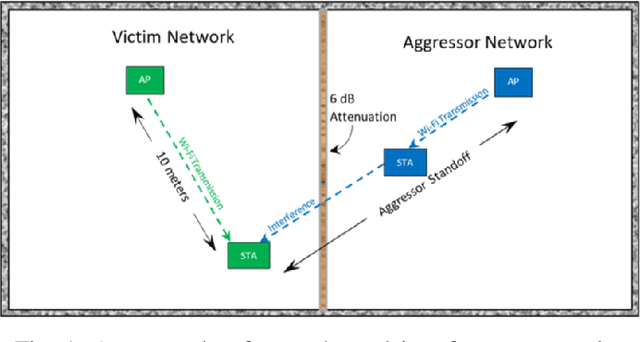
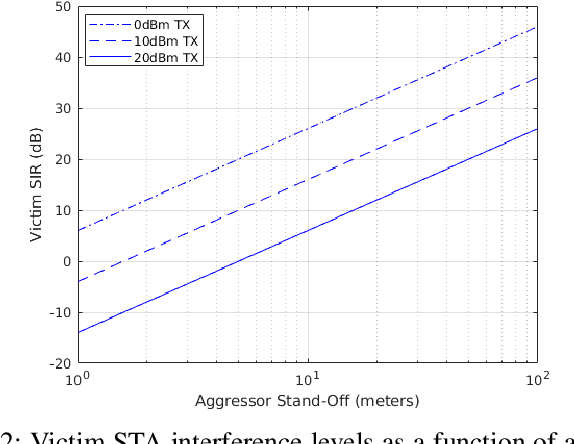
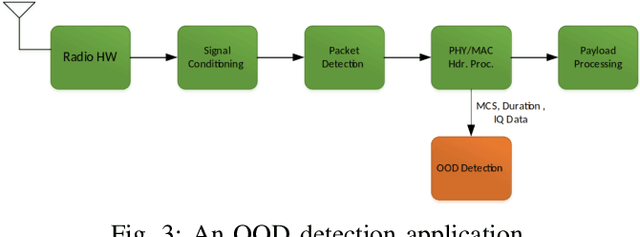
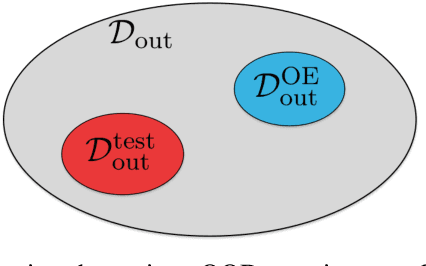
Abstract:In this paper, we explore the use of multiple deep learning techniques to detect weak interference in WiFi networks. Given the low interference signal levels involved, this scenario tends to be difficult to detect. However, even signal-to-interference ratios exceeding 20 dB can cause significant throughput degradation and latency. Furthermore, the resultant packet error rate may not be enough to force the WiFi network to fallback to a more robust physical layer configuration. Deep learning applied directly to sampled radio frequency data has the potential to perform detection much cheaper than successive interference cancellation, which is important for real-time persistent network monitoring. The techniques explored in this work include maximum softmax probability, distance metric learning, variational autoencoder, and autoreggressive log-likelihood. We also introduce the notion of generalized outlier exposure for these techniques, and show its importance in detecting weak interference. Our results indicate that with outlier exposure, maximum softmax probability, distance metric learning, and autoreggresive log-likelihood are capable of reliably detecting interference more than 20 dB below the 802.11 specified minimum sensitivity levels. We believe this presents a unique software solution to real-time, persistent network monitoring.
 Add to Chrome
Add to Chrome Add to Firefox
Add to Firefox Add to Edge
Add to Edge